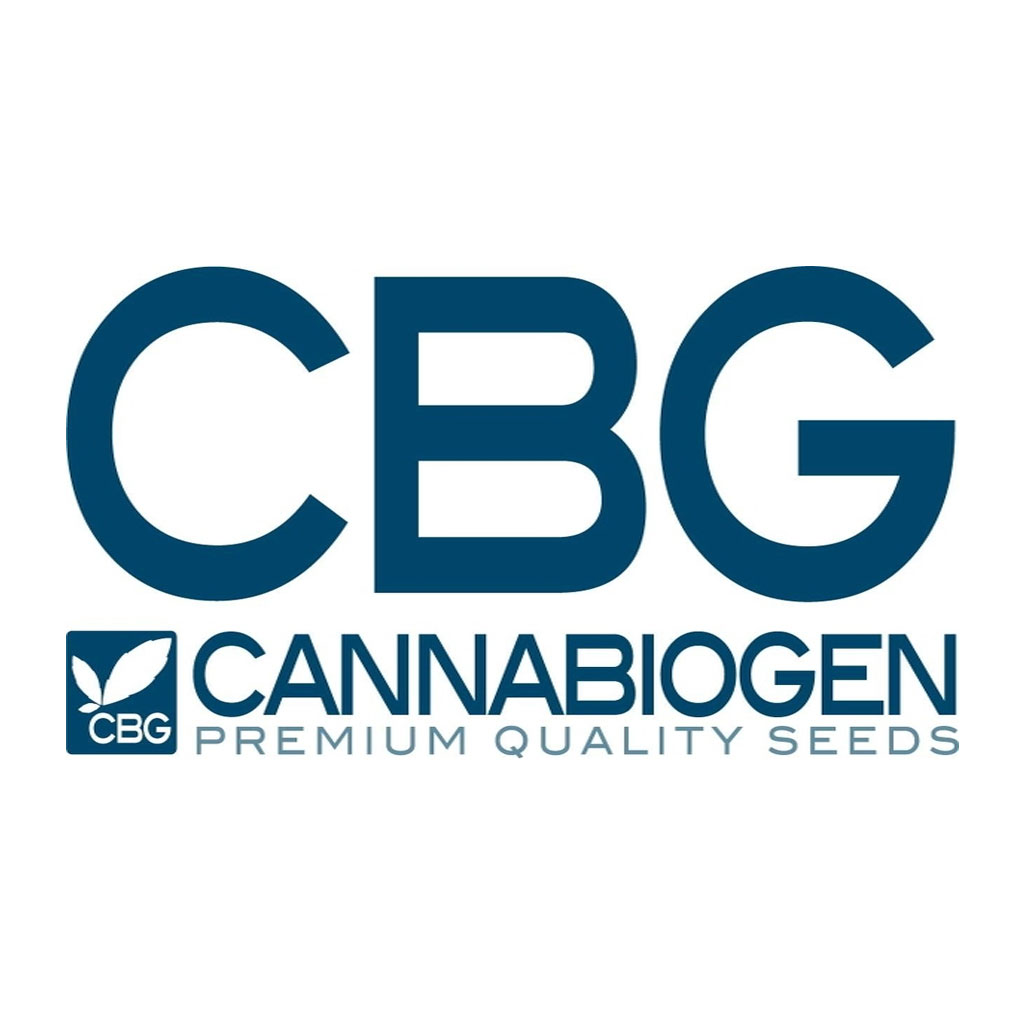Tracking Process Performance
페이지 정보

본문
 Control charts are a powerful statistical tool used to analyze data and detect trends by collecting and interpreting data. They were first introduced by Walter Shewhart in 1924 and are still widely used today in healthcare.
Control charts are a powerful statistical tool used to analyze data and detect trends by collecting and interpreting data. They were first introduced by Walter Shewhart in 1924 and are still widely used today in healthcare.A control chart typically consists of a graphical representation of the data collected over time, with the average value plotted on the chart. The chart has main sections:, the central line which indicates the central tendency, the upper limit which indicates the optimal range, and the lower limit which indicates the minimum threshold.
There are several control chart options, including:
- X-bar Chart: This chart is used to monitor the average value of a process over time. It is typically used for numerical data, such as scientific measurements.
- R-chart: This chart is used to monitor the range of a process over time. It is typically used for continuous data, such as scientific measurements.
- P-chart: This chart is used to study ratios of defective items in a process over time. It is typically used for qualitative data, such as defect rates.
- C-chart: This chart is used to monitor the count of imperfections in a process over time. It is typically used for categorical data, such as defect rates.
To use a control chart, you need to follow these steps:
1. Collect data: Collect data from the process over time. The data should be accurate and representative of the process.
2. Calculate the mean: Calculate the mean of the data.
3. Calculate the control limits: Determine the optimal limits based on the mean.
4. Plot the data: Lean Manufacturing consultant Plot the data on the control chart, using the mean as the central line.
5. Interpret the results: Analyze the data of the control chart. If the data falls within the control limits, the process is said to be stable. If the data falls outside the control limits, the process is said to be out of control.
There are different control chart warnings, a single data point or a run of points outside the control limits, either above or below the centerline. It can also occur when there are two or more consecutive points outside the designated range from the centerline, which is known as a shift in the process mean.
The use of control charts has numerous benefits, including:
- Early detection of process problems: Control charts can identify issues promptly, allowing for swift corrective measures.
- Improved process stability: Control charts help to improve process stability by identifying and correcting problems.
- Reduced variability: Control charts can minimize variability in a process by resolving the underlying issues.
- Improved quality: Control charts can enhance the quality by detecting and correcting problems that can affect the final output.
- 이전글8 The reason why Fb Is The Worst Option For Add More Traffic Review 25.04.13
- 다음글abcs-of-cbd-isolate 25.04.13
댓글목록
등록된 댓글이 없습니다.